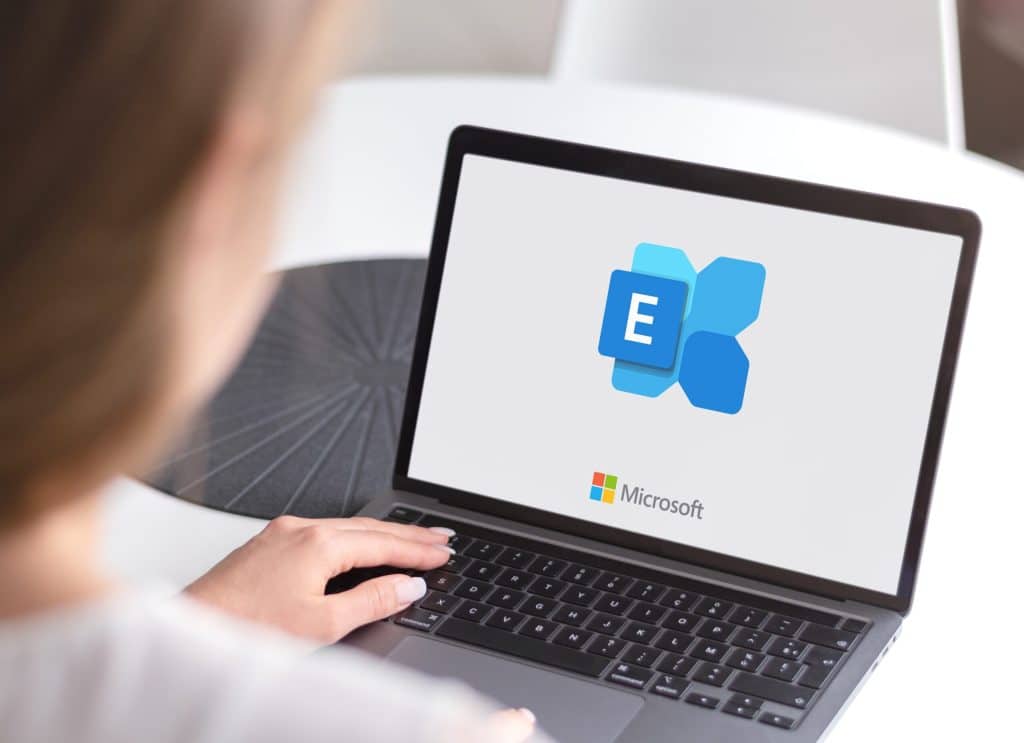Exchange Server Update: New Features and Licenses 2025
Microsoft’s Exchange Server is changing. From 2025, there will be important updates and a new subscription model. We show you what the Subscription Edition will bring and how you can prepare for it.
Microsoft has updated its roadmap for the development of Exchange Server, which brings with it numerous innovations and a change to the licensing model from the end of 2025. The focus is on the new Subscription Edition (SE), which is the direct successor to the current Exchange Server 2019.
New Licensing: Subscription Edition from 2025
The introduction of SE from the third quarter of 2025 marks an important turning point: users must have a suitable subscription license or an active Software Assurance contract as part of volume licensing. This change follows the SharePoint Server Subscription Edition model and is part of Microsoft’s Modern Lifecycle Policy, which promises to continuously update the product as demand arises.
Technical Innovations and Updates
With the CU15 for version 2019, which will be released later this year, the Exchange Server will receive support for TLS 1.3 and bring back certificate management in the Exchange Admin Center (EAC). These changes will allow administrators to work more efficiently with certificates by requesting new certificates, finalizing received certificates, and exporting and importing RPX files.
It is also interesting to note that the CU15 removes support for the Unified Communications Managed API 6.0 and the instant messaging feature in the web version of Outlook, indicating the prioritization of newer technologies.
The Switch to Kerberos and other important Changes
Shortly after the introduction of the SE, with CU1 in October 2025, Kerberos will be introduced as the standard protocol for server-to-server communication and will replace NTLMv2. This update will also introduce a new Admin API and remove Remote PowerShell, which was already discontinued at the end of 2022 for security reasons.
Strategy for the Upgrade
Microsoft sets out the recommended upgrade path in detail in its roadmap: Users should ideally upgrade to version 2019 CU14 with Windows Server 2022 now, before switching to Exchange Server 2019 CU15 when the new Windows Server 2025 operating system is released. The direct switch to SE then takes place from CU14 or CU15. For Exchange 2016 users, there is no direct upgrade option to SE, which requires a faster migration to the 2019 version.
Conclusion
The upcoming changes to Exchange Server not only mean technical updates for users, but also a significant change in licensing. The new Subscription Edition promises continuous updates and adaptations to modern technologies, but also requires a switch to the subscription model, which could pose a challenge for some organizations. The transition should therefore be planned well in advance to ensure a seamless transition.
Source: heise online


